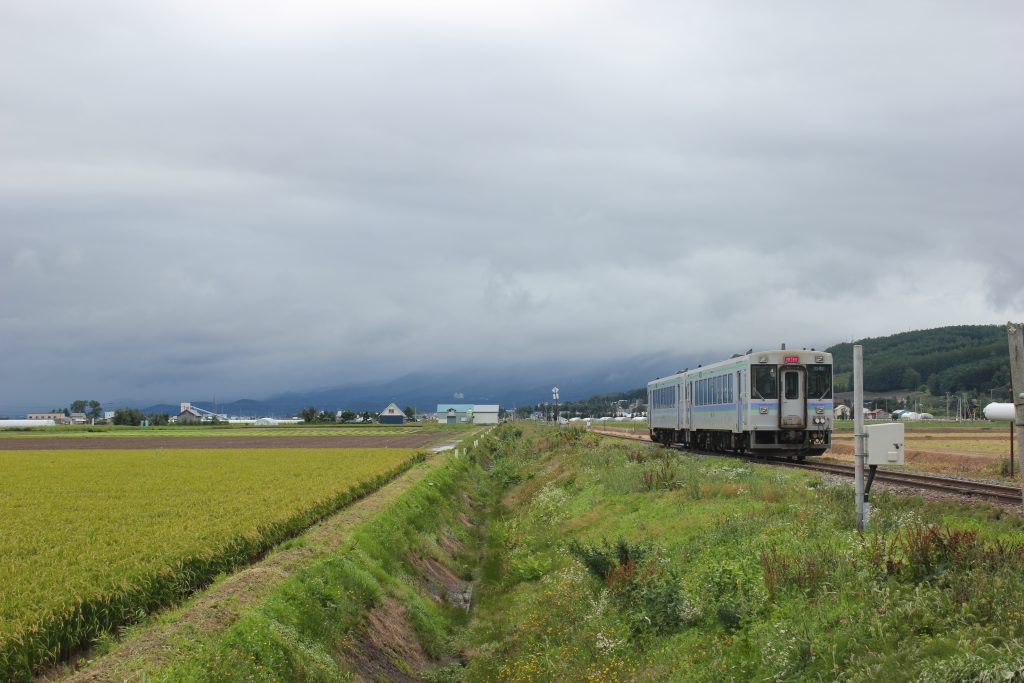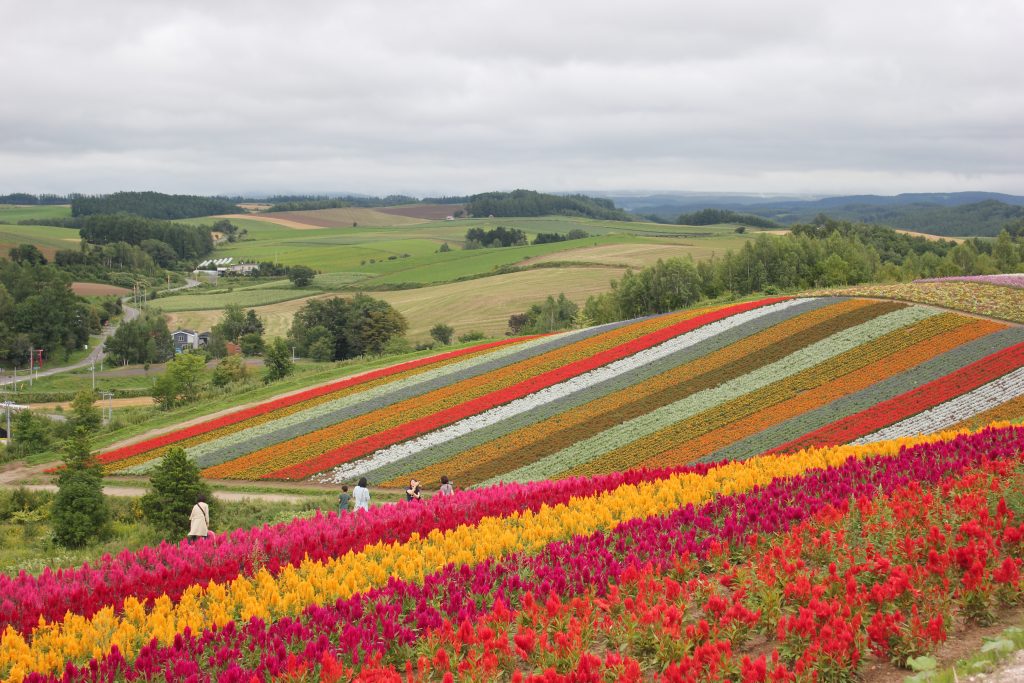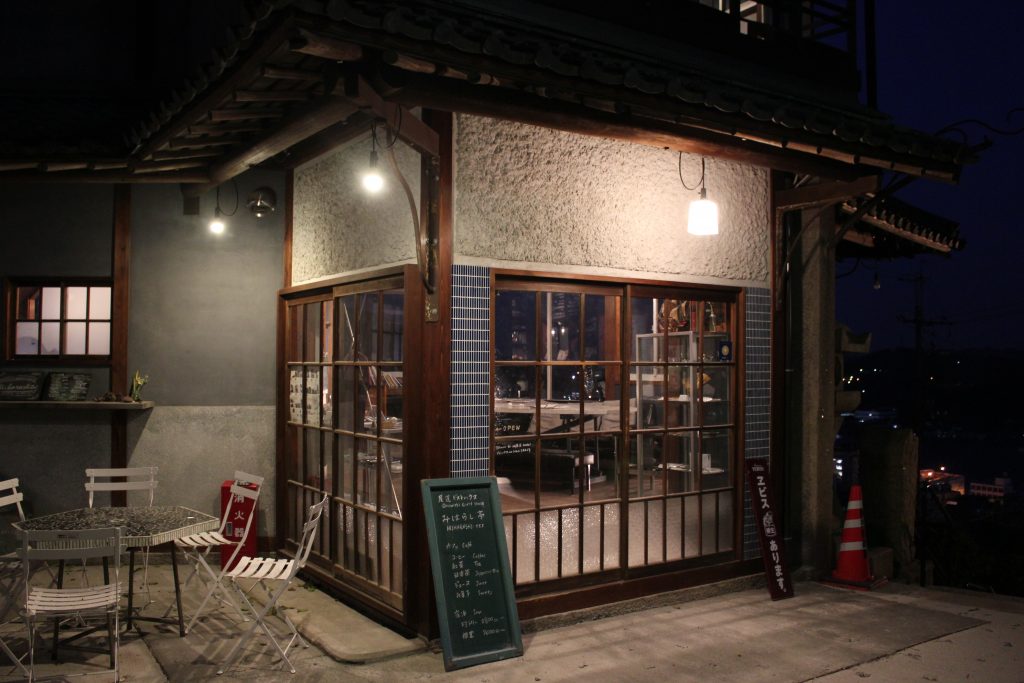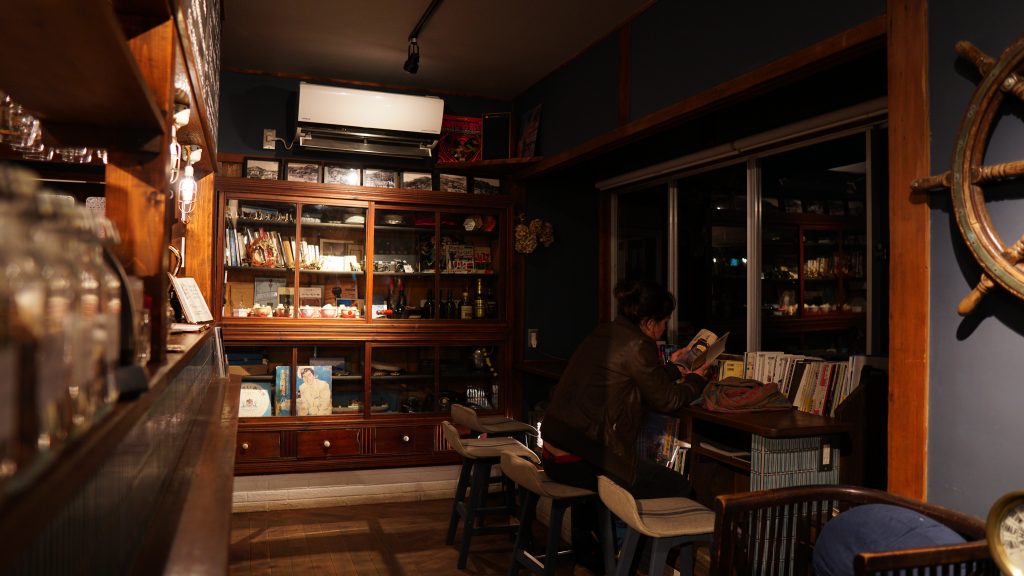By Maritchu Durand
While traveling Japan, I discovered and learned to appreciate guesthouses. They offer affordable and convenient accommodation and provide a welcoming and warm place for lonely travelers exhausted after a long day of discoveries. In Furano, a city in northern Hokkaidō known for its multicolored flower fields, I had an unforgettable experience in a small and cozy hostel. After an eventful and draining day, I was relieved to take a rest in a hammock on the wooden terrace overlooking the small town and later sit down with the other guests. We shared a meal cooked by our host: different seasonal salads and warm dishes, and as a highlight, rice cooked over a woodstove placed in the middle of the small dining room. The owner introduced us to traditions in Hokkaidō and hidden destinations and arranged a cheese-making experience for my delighted neighbor the next day. The sixty-year-old Tokyoite later said that she would definitely come back to the hostel to enjoy the home-like atmosphere, the shared meal with strangers and the warm welcome by the owners.
Copyright © Maritchu Durand 2018
Warmly welcoming guests, introducing them to local crafts and specialties and creating a unique experience for and bond with guests is the mission of many guesthouses across rural Japan. This is also true for a hostel in Taketa in Ōita prefecture, one of our field sites. The owners put their hearts into the creation of a kankei jinkō – people who don’t live in the respective cities and towns, but feel attached to the place and at home in the local community and come back several times.[1] The Ministry of Internal Affairs (Sōmushō) emphasizes the importance of kankei jinkō for rural revitalization and defines them as city-dwellers with multiple backgrounds who, while still living in the big cities, keep coming back to a place and contribute to its vitality in many ways. They do so through the promotion of local crafts, volunteering or simply by spending their holidays in their new hometown (furusato).[2]
However, kankei jinkō is not a new concept. A unique example is the village of Kawaba, in Gunma prefecture: An isolated mountain village facing depopulation and economic decline since the 1960s, it successfully reversed these negative trends by creating a unique partnership with Setagaya-ku, one of Tokyo’s wealthiest districts.[3] Thanks to this unique long-term relationship, it became a kenkō mura, a health village with hotels exclusively reserved for citizens of Setagaya, yearly visits by school children from the capital to experience life in the countryside, and a direct retail-network to sell the local produce to the metropolitan population. Not only did Kawaba considerably boost its economic and tourism activities, the village also gained the whole population of a Tokyoite district as its kankei jinkō. While Kawaba profited from its relative closeness to Tōkyō and active political leadership it remains an exception. I will further inquire how other places in more remote areas can create a kankei jinkō via guesthouses and hospitality to find out how they might contribute to creating bonds with city-dwellers and to the sustainable revitalization of rural municipalities.
This is another unique guesthouse in Onomichi in Hiroshima Prefecture. On the upper floor of this old renovated house, traditional tatami rooms offer a great view over the port. In the café on the ground floor the owner invites guests for drinks while offering precious information about the area.
photo 1: Copyright © Maritchu Durand 2018
photo 2:Copyright © Kamil Qadri 2018
[1]
Ong, Roger (2020), “Embraced by people and nature: Taketa Station Hostel Cue”, in: Zenbird, October 13th, https://zenbird.media/embraced-by-people-and-nature-taketa-station-hostel-cue/, (last accessed May 13th 2021).
[2]
Sōmushō (2018), “Kankei jinkō to wa” [What is a relationship population?], https://www.soumu.go.jp/kankeijinkou/about/index.html, (last accessed May 13th 2021).
[3]
Kitano, Shu (2009), Space, planning, and rurality: uneven rural development in Japan, Victoria: Trafford Publishing. P.76ff.




